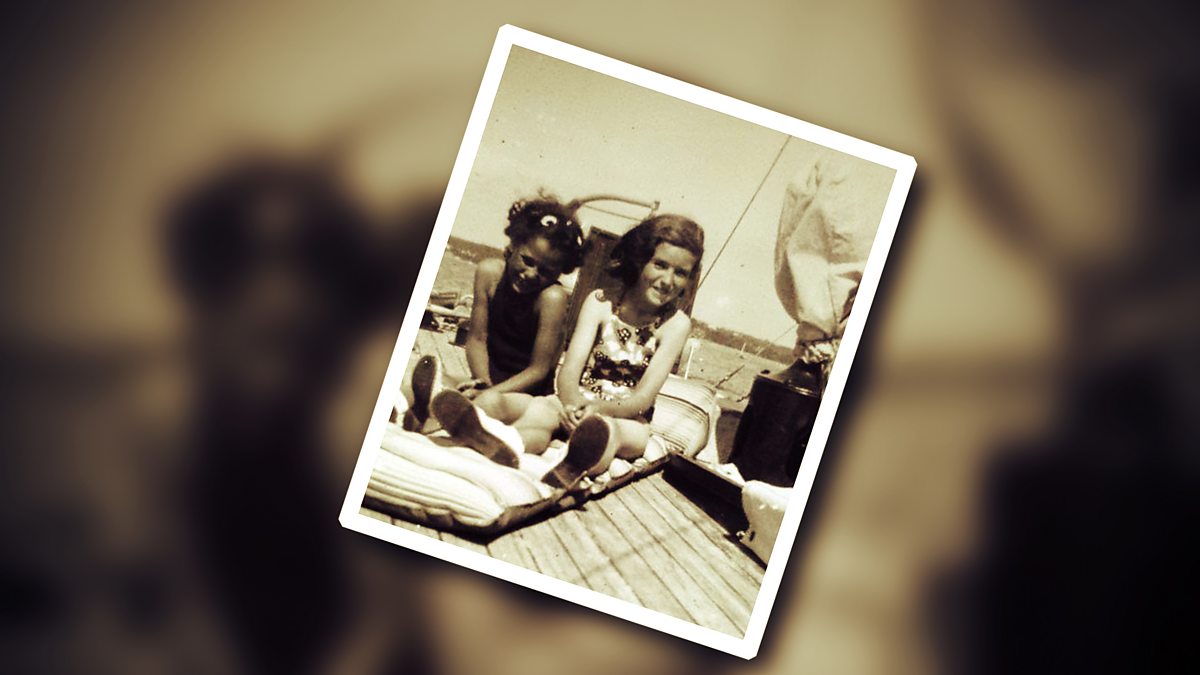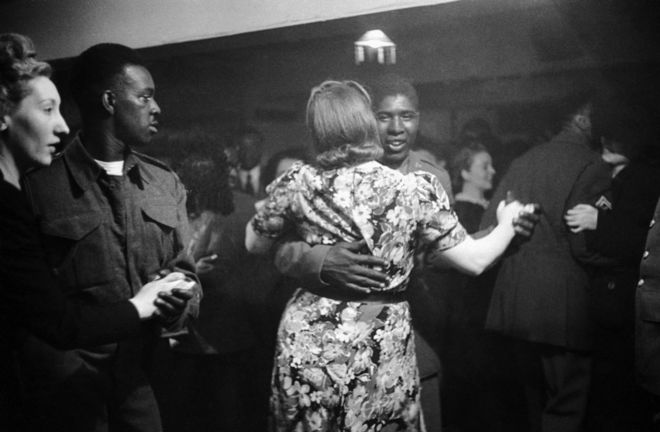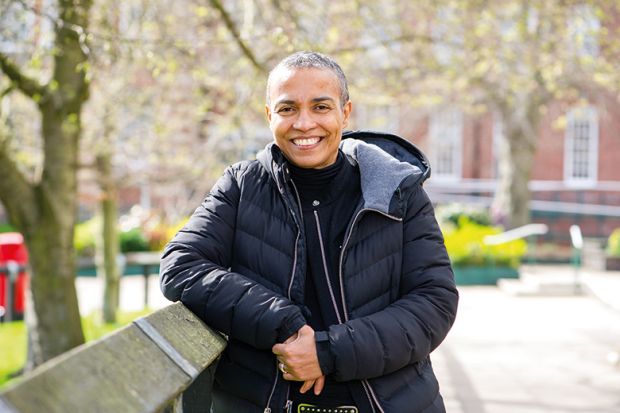Pakistani, white, Sindhi, Canadian, black: What do you identify as?Posted in Articles, Asian Diaspora, Canada, Identity Development/Psychology, Media Archive, Social Science, United Kingdom, United States on 2017-07-26 16:25Z by Steven |
Pakistani, white, Sindhi, Canadian, black: What do you identify as?
The Express Tribune
Karachi, Pakistan
2017-07-22
 Jazzmine Raine mother is a third generation Canadian, with Irish, English, Scottish and Spanish bloodlines whereas her father is a second generation Canadian with an Antiguan father and St Lucian mother. PHOTO: KENDA AL YAKOB |
With unprecedented levels of immigration, globalisation and the forced displacement of populations worldwide, the intermingling of races, cultures and ethnic groups may become the ‘norm’ in the decades to come. Many countries in the world are now host to a multiplicity of racial groups, particularly countries such as the US and Canada, due to their distinct historical path towards constructing a national identity.
Ironically, over the years, phenomena such as racial profiling have become even more widespread. Is this owed to the ever-changing global order, an increasingly narrow and stringent concept of national security, or is it simply age-old racism disguising itself in new clothes?
In order to protect the purity of races historically, many parts of the world had anti-miscegenation laws in place. The US is one good example where anti-miscegenation laws came under considerable heat for making interracial unions illegal. The ‘one-drop rule’ also persisted in the country for a long time whereby anyone with a single Black ancestor would be considered Black…
…In most parts of the Global North, it is speculated to be the fastest growing group. Nonetheless, scholars such as Minelle Mahtani, warn against the romanticisation of mixed race people as the dawn of a new world since the racialization of bodies continues to persist and affect their experiences even in the Global North, and in a world where even the label ‘mixed’ inevitably evokes the idea of partial ‘Whiteness’ in popular imagination.
Read the entire article here.






